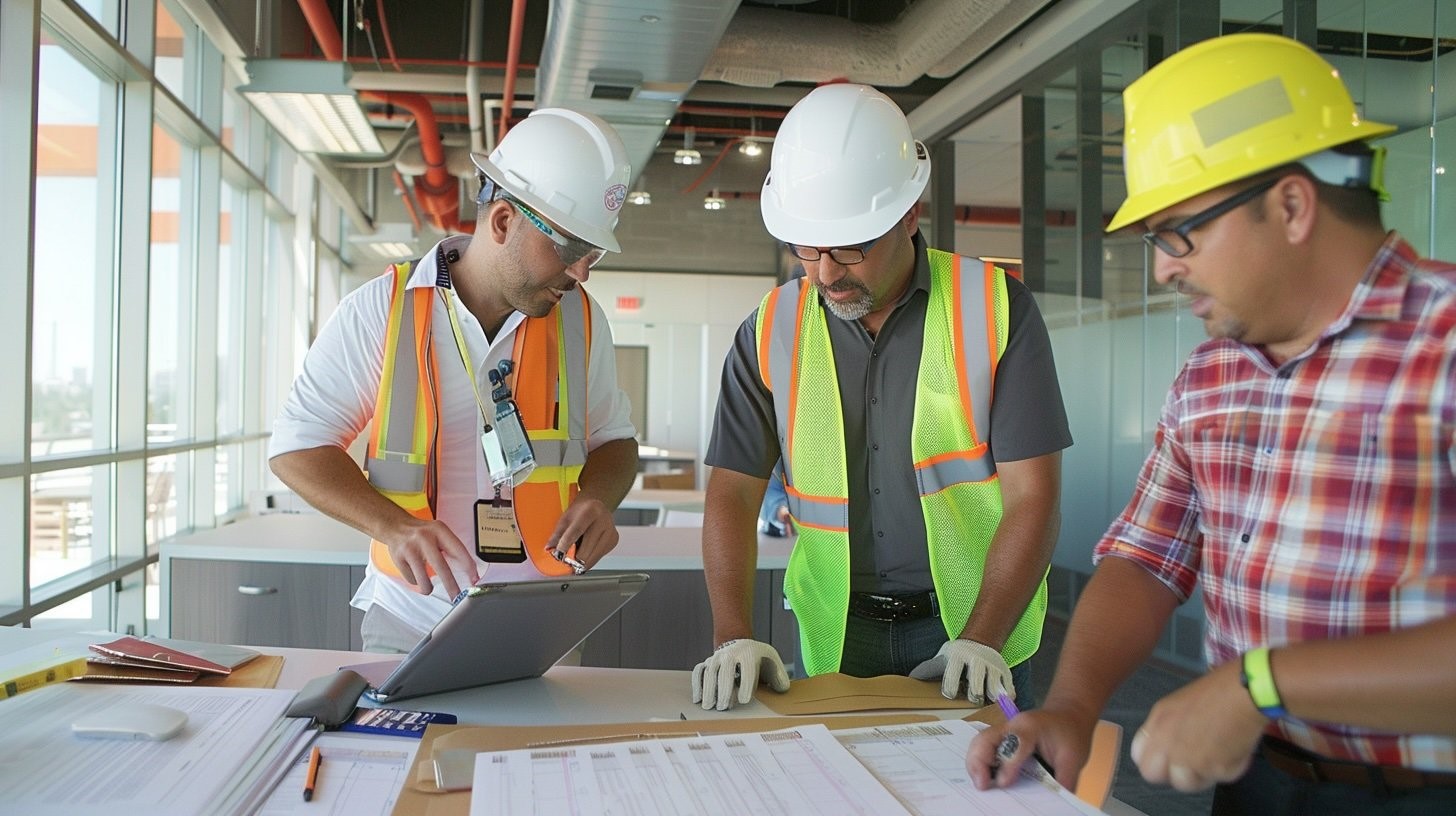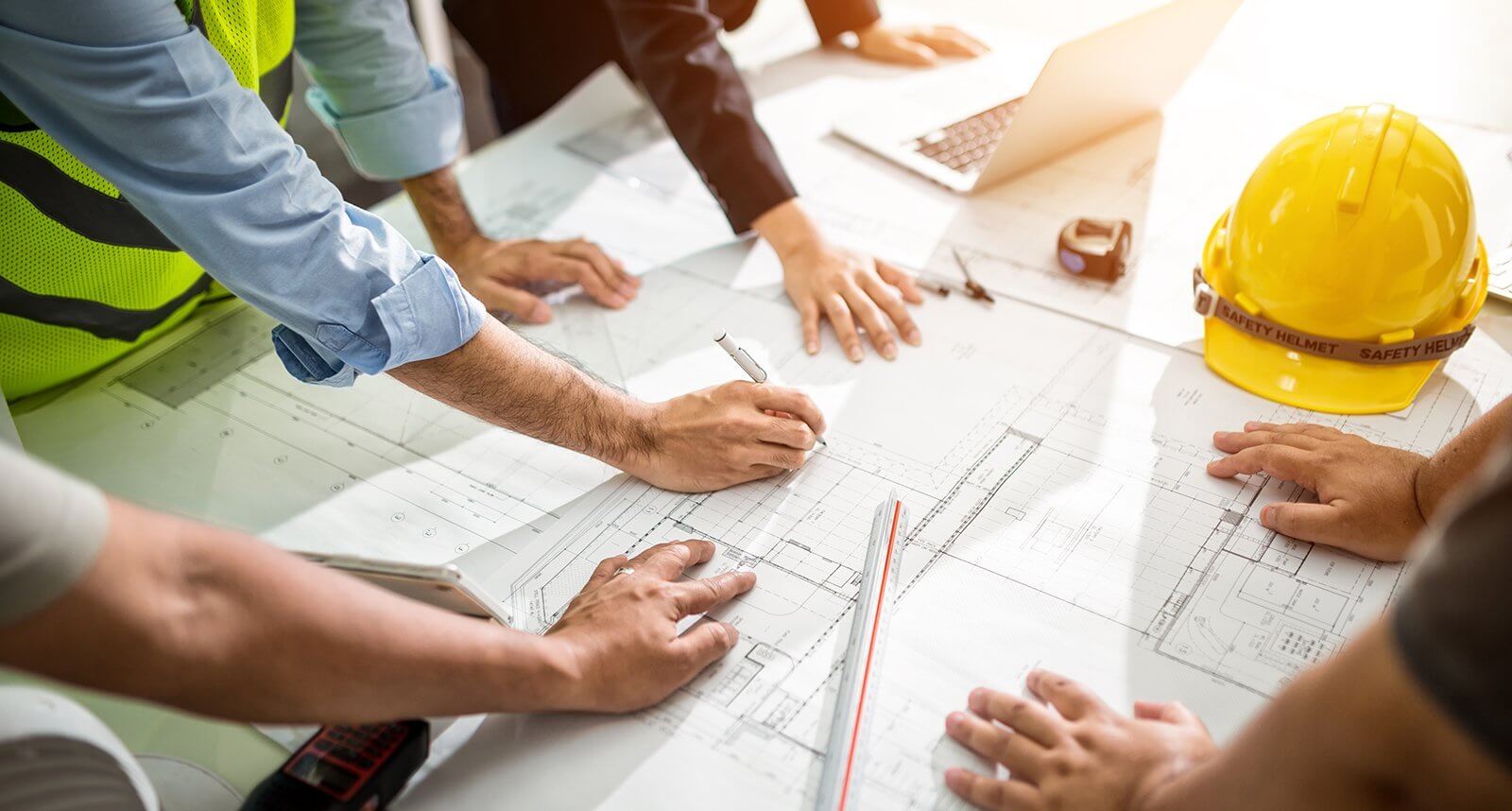by Jeffrey C Kadlowec, Architect
Abstract
Construction projects are full of risks and uncertainties. These range from physical hazards to financial threats and legal burdens. Scenario analysis can be used to address safety concerns and formulate prevention measures. Utilization of sensitivity analysis will aid in decision-making in land development, sustainable design and material selection. Relying on expert experience and historical data will further guide management in bidding, estimating and scheduling.
Keywords: construction uncertainty, scenario analysis, sensitivity analysis

Sensitivity Analysis
A wide variety of risks and uncertainties affect construction projects across all phases. Utilizing different methods of data analysis allows for better understanding of the causes of physical hazards, financial threats and legal burdens. Scenario analysis involves long-term strategic planning within an organization based on causal affect. We can then determine probabilistic outcomes of dependent variables derived from different independent values and a set of assumptions by utilizing sensitivity analysis.
Most apparent risks are related to worker safety, considering the many jobsite hazards and potential for workplace accidents. These conditions and events can result in substantial financial losses and a variety of legal claims. The importance of safety management and accident prevention has gained considerable attention over the past decade [Kim 2023]. Identifying potential risks on jobsites and categorizing construction risk factors provides valuable insight in the development of safety plans. Implementation of new regulations and policies intends to reduce construction-related accidents and fatalities.
Workplace accidents, injuries and fatalities have a significant economic and social impact. Building construction and civil engineering account for over 40% of fatal workplace incidents. Prior studies have concluded that occupational accidents occur most often on a worker’s first day, due to poor health and safety management, in the absence or improper use of personal protection equipment, and when failing to adopt safeguards or by ignoring warning signs [Chen 2018]. To properly address the issues of these events requires fundamental understanding of the causes achieved through detailed analysis. Classifying events by industry sector, job tasks, accident type, and medium identifies the most common reasons.
Land use management is at the center of planning in urban environments. Physical and social factors are the driving force behind political decisions and cultural movements. Investigation of water resources, woodlands, grasslands, croplands, and rural residential areas must be considered with the growth of urban centers and satellite townships [Kong 2017]. Sensitivity analysis should be utilized to address the ecological impact of these developments. The results protect natural environment while promoting expansion of cities. Cellular automata and multi-agent systems can be used to model and simulate these effects for regional authorities and property developers.
Sustainable development has become a primary issue that must be addressed by the scientific community, business organizations and global leadership. Investigation into the carbon emissions and embodied energy costs of single-family housing has been shortsighted. Sensitivity analysis is the best way of calculating impact of these factors in efforts to reduce them [Zhang 2021]. Structural systems, material selection, and production methods are the areas that should be studied in greater detail to determine the best future scenarios and assist in major decision-making.
Use of building materials has been affecting the climate for centuries. Those impacts have gained more consideration recently and can be analyzed through lifecycle assessment. This method provides valuable data with great precision far into the future [Resch 2021]. The results foster design improvements and mitigation strategies that will guide policy changes and improve building performance. Limiting construction waste, increasing material reuse, and promoting recycling efforts should be prioritized. Further technological advancements will continue to influence building design and construction methods.
Expert opinion is invaluable in construction management. Experience from past projects is essential in estimating development costs for both design and construction proposals. Quantity takeoffs are an important task, often made under time constraints and with limited information. Inaccuracy in these numbers leads the financial risk of under budgeting [Du 2014]. Case-based reasoning is one alternative that relies heavily on historical knowledge for decision making. It can be utilized in many construction related applications, including project management, bidding decisions, cost estimating, and task scheduling.
References
Chen, Wei Tong; Weng, Chao Wei; Liao, Pei Chin & Merrett, Hew. (2018). Scenario Analysis of Fatal Construction Accidents: A Taiwanese Perspective. The International Journal of Organizational Innovation. 10(4): 271-285.
Du, Jing & Bormann, Jeff. (2014). Improved Similarity Measure in Case-Based Reasoning with Global Sensitivity Analysis: An Example of Construction Quantity Estimating. American Society of Civil Engineers. 10.1061/(ASCE)CP.1943-5487.0000267.
Kim, Ki-Nam; Kim, Tae-Hoon & Lee, Min-Jae. (2023). Analysis of Building Construction Jobsite Accident Scenarios Based on Big Data Association Analysis. Buildings. 13, 2120. 10.3390/buildings13082120.
Kong, Lingquing; Tian, Guangjin; Ma, Bingran & Liu, Xiajuan. (2017). Embedding Ecological Sensitivity Analysis and New Satellite Town Construction in an Agent-based Model to Simulate Urban Expansion in the Beijing Metropolitan Region, China. Ecological Indicators. 82: 233-249.
Resch, Eirik; Andresen, Inger; Cherubini, Francesco & Brattebø, Helge. (2021). Estimating Dynamic Climate Change Effects of Material Use in Buildings—Timing, Uncertainty, and Emission Sources. Building and Environment. 187. 10.1016/j.buildenv.2020.107399.
Zhang, Xiaocun & Zhang, Xueqi. (2021). Comparison and Sensitivity Analysis of Embodied Carbon Emissions and Costs Associated with Rural House Construction in China to Identify Sustainable Structural Forms. Journal of Cleaner Production. 293. 10.1016/j.jclepro.2021.126190.



